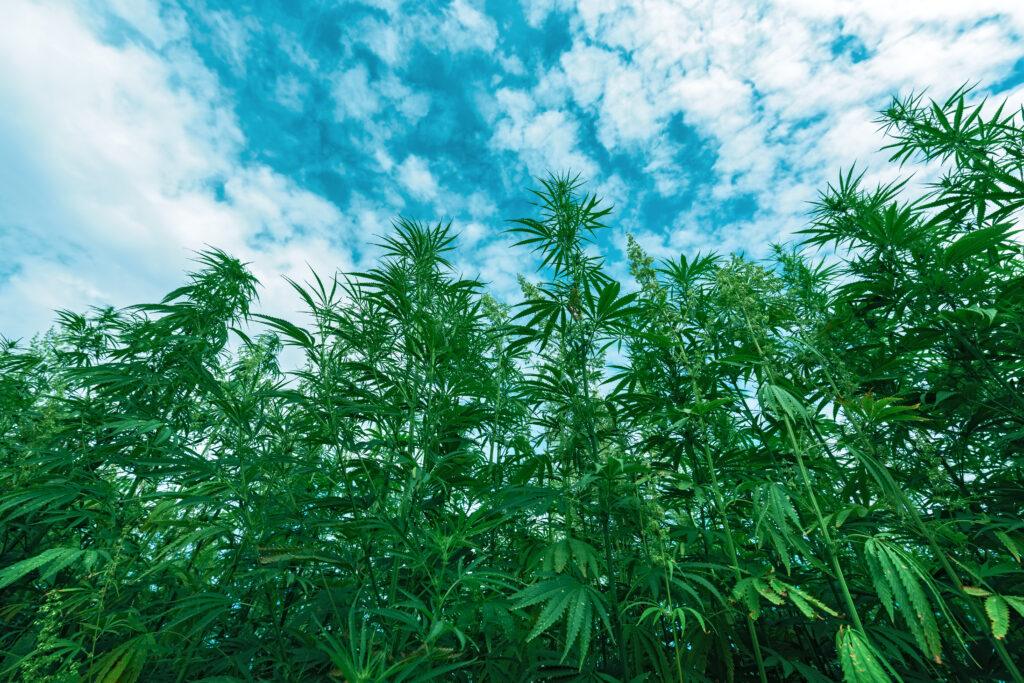Key Takeaways
- Hemp was a vital crop in colonial America, legally mandated in places like Connecticut and even used as currency.
- Hemp was unjustly criminalized in the 20th century, erasing its long-standing industrial and historical significance.
- Recent legalization marks a cultural shift toward reclaiming cannabis as a symbol of healing, freedom, and identity.
- Many remain incarcerated for cannabis offenses, highlighting the urgent need for restorative justice and equality.
As we move through July, a month steeped in the values of liberty and self-determination, it’s important to recognize the freedoms we’ve fought for and the ones we’re still reclaiming. At Budr Cannabis, we believe that one of the most powerful stories of American freedom is the one told through the legacy of a humble, often misunderstood plant: hemp.
Before cannabis became a movement—before its prohibition and eventual path toward legalization—hemp was nothing short of a foundational crop in the United States. As we continue to fight for cannabis justice and accessibility today, it’s worth remembering: our relationship with this plant began not with stigma, but with survival, strategy, and necessity.
Hemp: The Original American Superplant
Long before cannabis reform entered the modern conversation, hemp played a vital role in building the early American economy. Hemp is a non-psychoactive variety of the Cannabis sativa plant. Unlike its cousin used for medicinal and recreational purposes, hemp contains very low levels of THC but boasts a long list of industrial uses.
In the 1600s, American colonists depended on hemp for its strong, fibrous stalks, which were used to produce:
- Rope and rigging for maritime trade
- Sails and canvas (the word “canvas” itself comes from cannabis)
- Clothing and textiles
- Paper and insulation
- Building materials and oil

Connecticut: A Colonial Case Study in Hemp’s Importance
Few places in colonial America embraced hemp like Connecticut did:
- 1632: Laws were passed requiring all farmers to grow hemp.
- 1640: The governor mandated every household to cultivate hemp, particularly to support the thriving marine industry.
Refusal to grow hemp wasn’t just frowned upon, it could land you in jail.
So valuable was hemp to colonial life that from 1631 into the early 1800s, it was even accepted as legal tender. Citizens could pay their taxes in hemp, a sign of both its economic value and political priority.
It’s even been speculated that early drafts of the Declaration of Independence were written on hemp paper. While this remains debated, it’s undeniable that hemp products were widely used in Revolutionary America.
From Purpose to Prohibition: A Radical Shift
For centuries, hemp was treated like any other agricultural staple, until the 20th century, when shifting political and cultural forces blurred the lines between hemp and psychoactive cannabis, leading to both being swept into criminalization.
By the 1930s, the Marihuana Tax Act of 1937 restricted all forms of cannabis, including hemp. This was followed by decades of aggressive drug policy that ignored the scientific, industrial, and medicinal differences between hemp and high-THC cannabis.
The result? A once-respected crop was turned into a taboo, erasing centuries of American reliance on hemp.
Cannabis Reform Comes Full Circle
But the story didn’t end there. Since then, the tides have turned, and today we’re witnessing a return to the roots, not just with hemp’s resurgence, but with a broader re-evaluation of cannabis as a tool for healing, empowerment, and freedom.
Here are some pivotal milestones that highlight the plant’s journey back into public acceptance:
- July 1, 2015, Oregon: Recreational cannabis became legal. Hundreds gathered for the iconic Burnside Burn, a midnight smoke-in on Portland’s Burnside Bridge that marked a joyful, grassroots celebration of cannabis freedom.
- July 1, 2018, Vermont: Made history by becoming the first state to legalize cannabis through its legislature, rather than by public vote, setting a new tone for policy-based reform.
- July 1, 2023, Connecticut: Adults aged 21+ gained the right to grow cannabis at home, up to 12 plants per household, ironically echoing the 17th-century laws that once mandated hemp cultivation.
These milestones represent more than legalization. They reflect a deep cultural shift, one that sees cannabis not just as a product, but as a symbol of wellness, personal choice, and restorative justice.
Cannabis Freedom Still Has Boundaries
Despite progress, we must recognize that not all have benefited equally. Thousands of individuals remain incarcerated for non-violent cannabis offenses, people who are still paying the price for what is now legal in many states.
At Budr, we echo the urgency expressed by the Last Prisoner Project, whose mission is clear:
- Free every person still jailed for cannabis
- Expunge criminal records
- End punishment for a plant that now fuels a multi-billion-dollar industry
This is not just about policy. It’s about human dignity, family restoration, and equal access to opportunity. Homes remain empty, futures remain scarred, and communities are still broken by prohibition.
Cannabis is freedom, but true liberation means bringing everyone along, especially those left behind by systemic injustice.

Hemp, Cannabis, and the Spirit of Liberation
From the hemp fields of colonial Connecticut to today’s modern dispensary shelves, the cannabis plant has always been more than just a crop. It’s been a constant companion in America’s evolving pursuit of freedom. Once grown out of necessity for rope, paper, and textiles, this resilient plant has transformed into a symbol of wellness, cultural identity, and resistance.
“Cannabis is a movement. It’s a statement of self-expression, a tool for healing, and a community built on advocacy and care,” notes Carl Tirella, founder of Budr Cannabis.
Cannabis reform isn’t just about legalization, it’s about reclamation. We’re reclaiming knowledge, history, health, equity, and choice. And at the center of that movement is a plant we’ve always needed, one deeply rooted in our nation’s past and shaping the future of justice and wellness.
So, whether you’re lighting up in celebration or quietly reflecting on how far we’ve come, remember this: you’re part of something bigger. You’re part of a legacy that honors the past, fights for the future, and centers people, plants, and purpose.
Because true liberation isn’t just written in laws. It’s grown from the ground up.
This July, we invite you to honor not just the victories we’ve won, but the plant that’s powered generations of progress, from hemp’s historic value to cannabis’s modern role in justice and well-being.
Disclaimer: This blog post is intended for informational purposes only and does not constitute medical advice. Please consult with a qualified healthcare professional before using cannabis, especially if you have any underlying health conditions or are taking medications.

